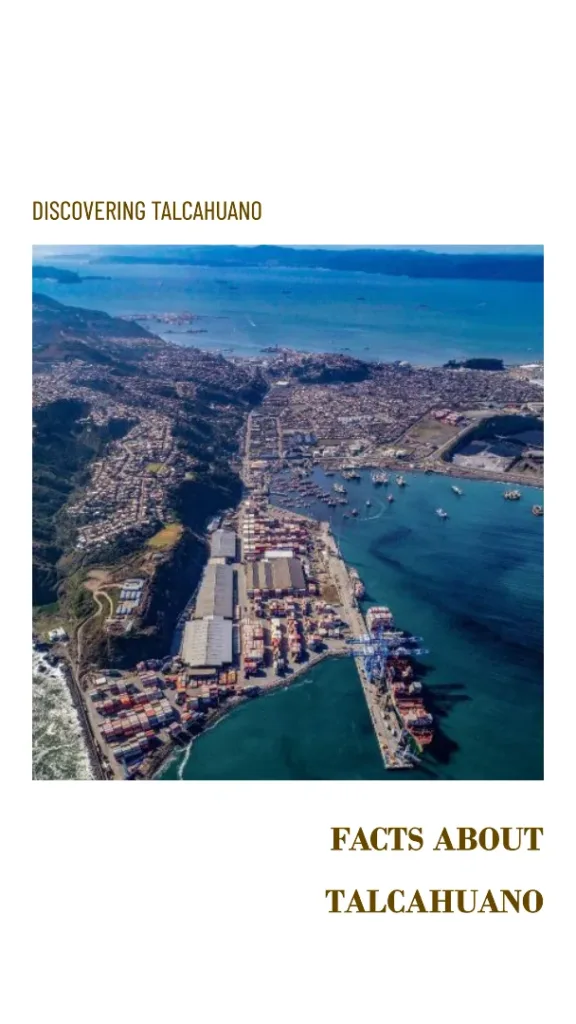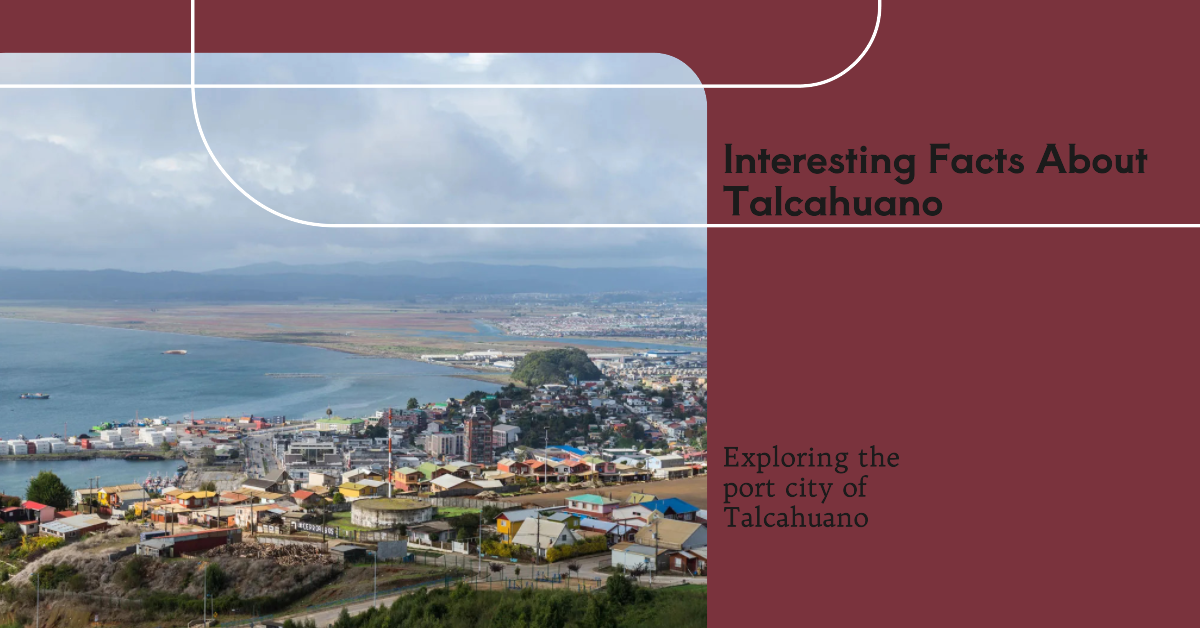Facts About Talcahuano
- Talcahuano is a centre for marine biology research. The city’s proximity to diverse marine ecosystems provides opportunities for scientists and researchers to study marine life and biodiversity.
- The city is home to the University of Concepción’s Talcahuano Campus, contributing to the educational and cultural development of the region.
- Talcahuano is known for its thriving fishing industry, contributing to Chile’s position as one of the world’s leading seafood exporters.
- Talcahuano is home to the largest naval base in Chile, known as the Base Naval Talcahuano. The base has a rich history and plays a crucial role in the country’s maritime defence.
- Moored in the harbour of Talcahuano is the Peruvian warship Huascar, whose seizure definitively secured Chilean naval dominance in the War of the Pacific, built in 1865.
- The city is named after an Araucanian chief, Talcahueñu, who inhabited the region at the arrival of the Spanish. In Mapudungun, the language of the indigenous Mapuches, Talcahuano means “Thundering Sky”.
- On the 27th of February 2010, Talcahuano experienced devastating consequences from the 8.8 magnitude 2010 Chile earthquake and the subsequent tsunami. The earthquake was one of the most powerful ever recorded and caused widespread damage in the city and surrounding areas.
- Talcahuano is the hometown of Sammis Reyes, a former player for the Chilean men’s national basketball team who later transitioned to American football. In 2021, he achieved the historic milestone of becoming the first Chilean to play in the National Football League, the premier American football league based in the United States.
- Talcahuano was officially established on 5 November 1764 when Antonio de Guill y Gonzaga declared it an official port. Nevertheless, the history of the Talcahuano site dates back to as early as 1544, when the Genoese captain Juan Bautista Pastene first noted its presence in history books.
- The geographic coordinates of Talcahuano, Chile, are approximate: Latitude: 36.7167° S and Longitude: 73.1167° W
Explore the city of Talcahuano


